A house may have an obvious history, such as author Ernest Hemingway's home in the Florida Keys, or an obscure history: all houses have histories.
907 Whitehead Street, Key West, Monroe County, Florida Keys, Florida; Saturday, June 3, 2006, 23:23: Andreas Lamecker, Public Domain, via Wikimedia Commons @ https://commons.wikimedia.org/wiki/File:Hemingwayhouse.jpg
Diaries provide information about houses in which they are written and also about the writers and other dwellers.
Monday, June 26, 1937, diary entry by English novelist and poet Emily Brontë includes sketch of herself and Anne writing at the drawing room table.
"A bit past 4 o'clock . . . . Anne and I writing in the drawing room -- Anne a poem beginning "Fair was the Evening and brightly the Sun . . . .": Public Domain, via Wikimedia Commons @ https://commons.wikimedia.org/wiki/File:Sketch_by_Emily_Brontë_sgowing_herself_and_Anne_at_work_in_the_dining_room_of_the_parsonage..jpg
Census records offer helpful information for crafting home histories.
Pitcher commemorates the first United States census, ca. 1790, made in England.
National Museum of American History, Washington, DC: Daderot, Public Domain (CC0 1.0), via Wikimedia Commons @ https://commons.wikimedia.org/wiki/File:Pitcher_commemorating_the_first_United_States_census,_c._1790,_made_in_England_-_National_Museum_of_American_History_-_DSC06150.JPG
House histories may reveal their qualification for listing on the National Register of Historic Places (NRHP), the United States federal government's official list of historically significant and/or artistically valuable properties.
The NRHP is administered by the National Park Service (NPS), an agency of the Department of the Interior.
typical plaque acknowledging NRHP-listed property; Monday, June 21, 2010, 19:10: Jonathunder, Public Domain, via Wikimedia Commons @ https://commons.wikimedia.org/wiki/File:HistoricPlacesNationalRegisterPlaque.JPG
House histories may reveal their qualification for listing as a National Historic Landmark (NHL), a place of outstanding historical significance.
F.F. Tomek House (Ferdinand Frederick and Emily Tomek House), known as Ship House; 1904 design by Frank Lloyd Wright (June 8, 1867-April 9, 1959); NHL and NRHP, Jan. 20, 1999; owned by Dutch-American artist Maya Moran Manny (born Aug. 31, 1934) since 1974
F.F. Tomek House, 150 Nuttall Road, Riverside, Cook County, northeastern Illinois; Monday, June 7, 2010, 12:12: Teemu08, CC BY SA 2.0, via Wikimedia Commons @ https://commons.wikimedia.org/wiki/File:TomekHouse.JPG


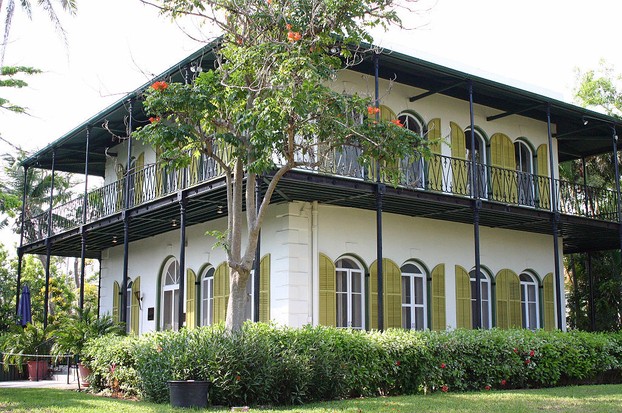
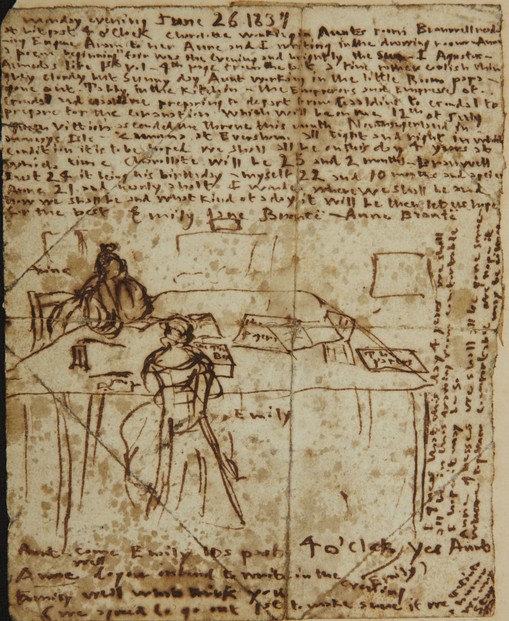
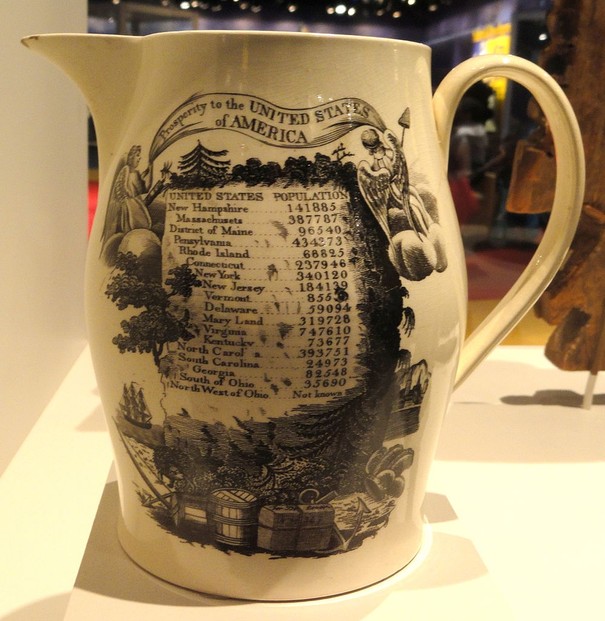
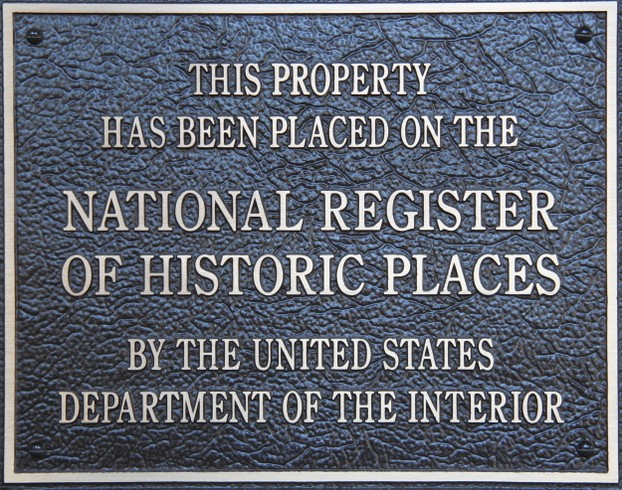
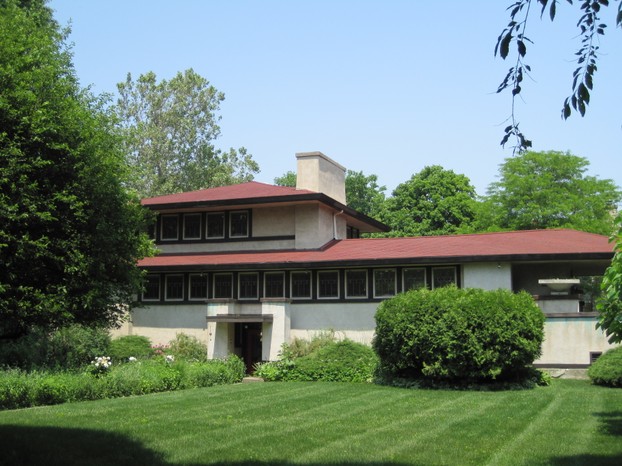





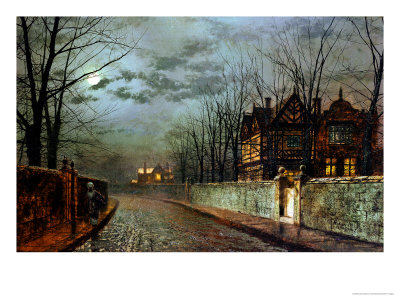

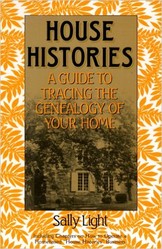

 Are Hawaiian Huakai Po Nightmarchers Avenging Halloween Thursday?on 10/02/2024
Are Hawaiian Huakai Po Nightmarchers Avenging Halloween Thursday?on 10/02/2024
 Mailing Addresses for 2023 Form 4868 Extending 1040 and 1040SR April 15, 2024, Due Dateon 04/15/2024
Mailing Addresses for 2023 Form 4868 Extending 1040 and 1040SR April 15, 2024, Due Dateon 04/15/2024
 Mailing Addresses for 2023 Forms 1040 and 1040SR Filed in 2024on 04/15/2024
Mailing Addresses for 2023 Forms 1040 and 1040SR Filed in 2024on 04/15/2024
 Mailing Addresses for 2022 Form 4868 Extending 1040 and 1040SR April 18, 2023, Due Dateon 04/13/2023
Mailing Addresses for 2022 Form 4868 Extending 1040 and 1040SR April 18, 2023, Due Dateon 04/13/2023

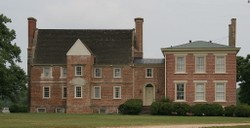
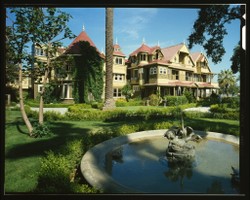
Comments
The first in-text and the second in-text images cause me to consider interior colors, decorations and furnishings.
What did Hemingway and the Brontes decide upon?
WriterArtist, Thank you for coming by and pondering the wider context of residences, sometimes as bad and as good as, sometimes worse and better than, their guests, hosts and residents.
Dear DerdriuMarriner,
You have brought an interesting topic in the article. Houses like people can exhibit some charm and persona. A house speaks a lots - it tells us about the personal likings, style and arrangements of the families who dwelled in it. I totally agree, houses may have exciting history and also vibes. Good houses have positive vibes whereas haunted ones do not.